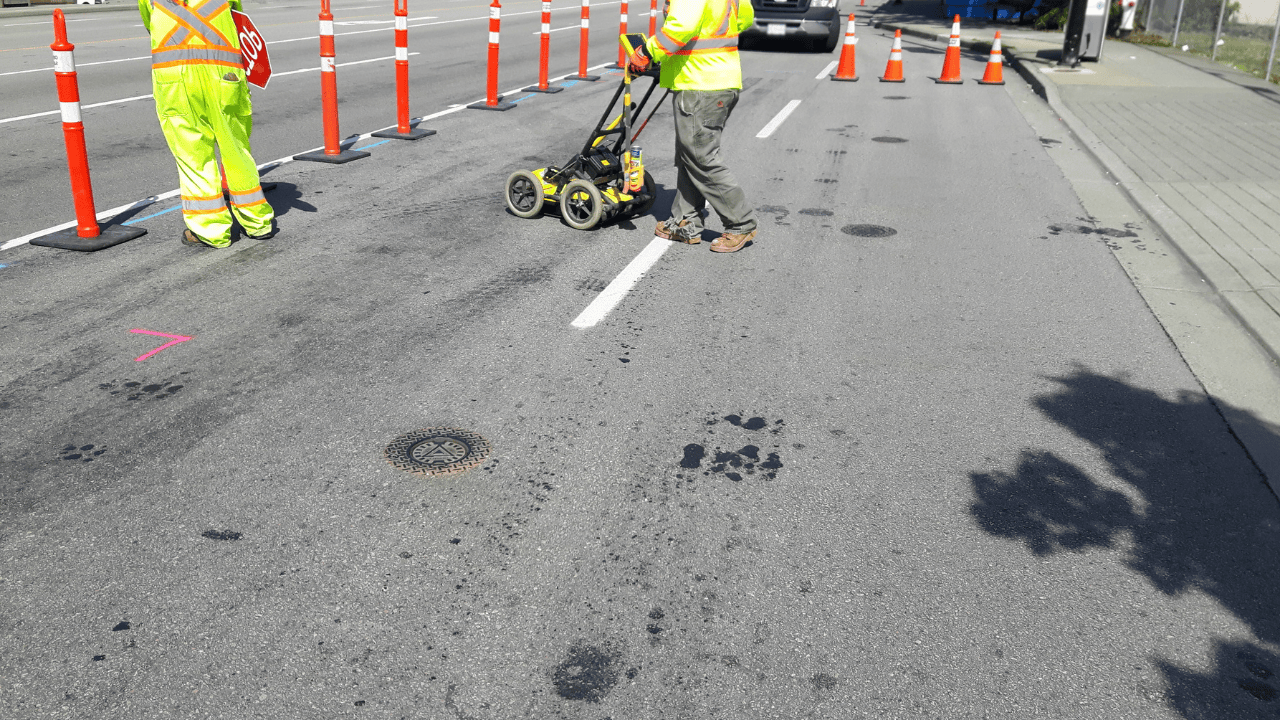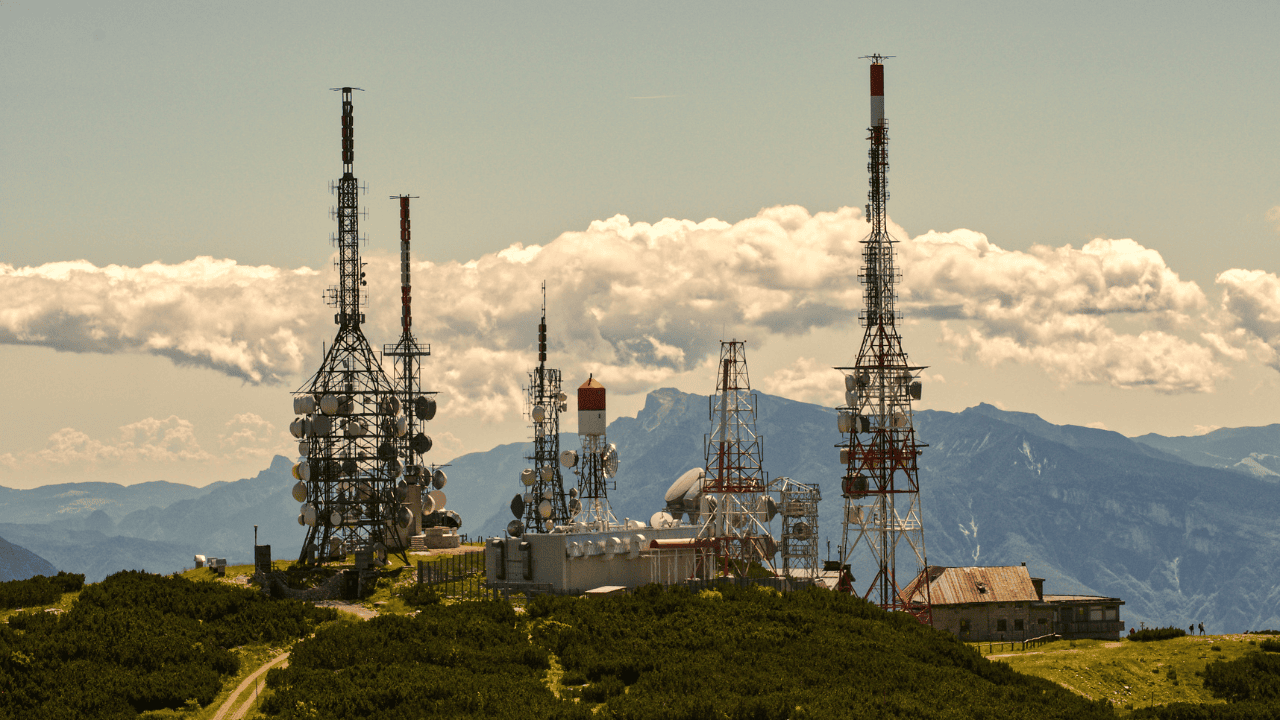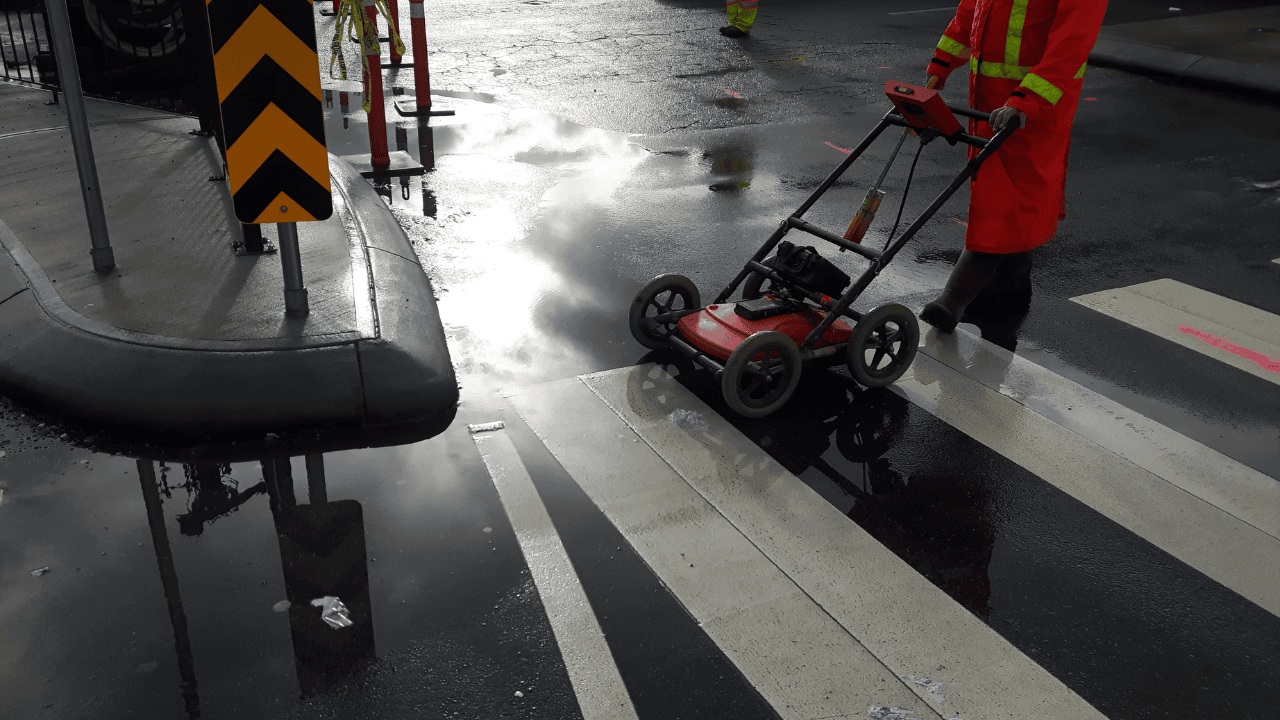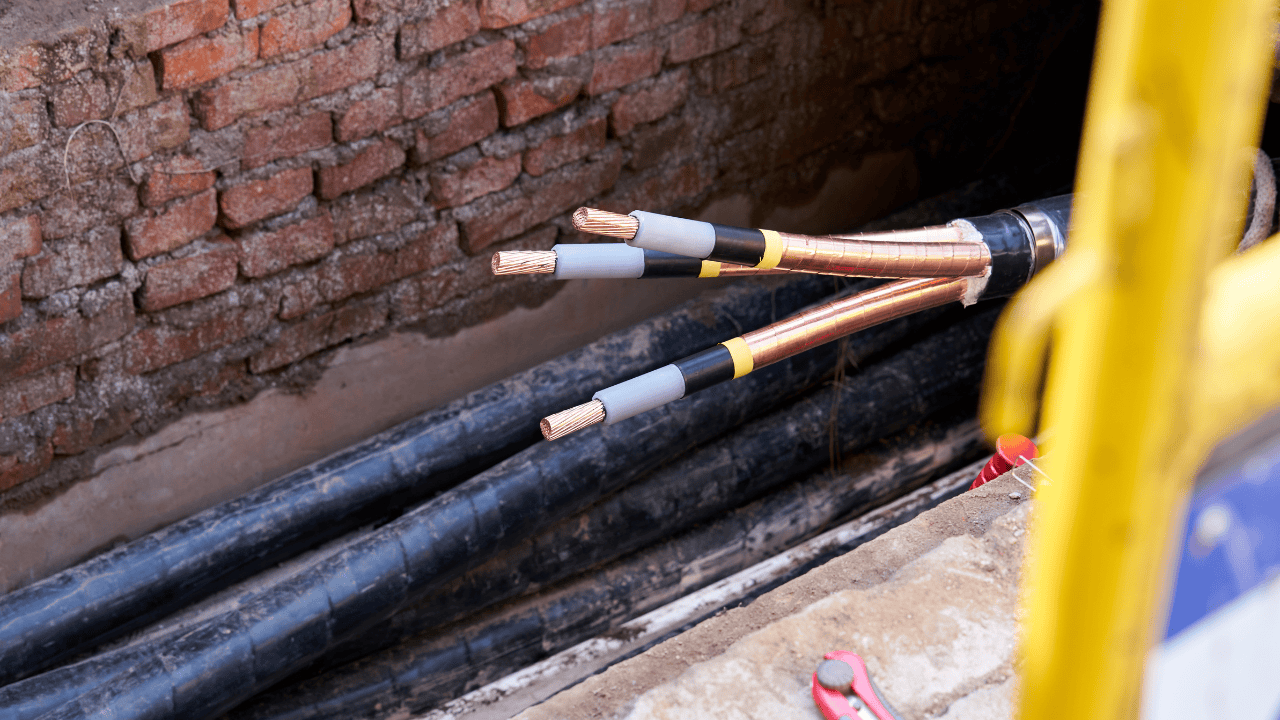Key Takeaways:
- Utility locating is crucial for preventing accidents, reducing costs, and ensuring the smooth operation of utility networks.
- Professional utility locating services offer expertise, specialized equipment, and regulatory compliance.
- Accurate utility location is essential for safety, efficiency, and regulatory compliance in the utilities industry.
- Investing in professional utility locating services can provide significant long-term benefits.
- Util-Locate offers comprehensive utility locating solutions tailored to the needs of the utilities industry.
In our modern world, the utilities industry forms the backbone of our daily lives, providing essential services that power our homes, fuel our industries, and connect our communities. However, beneath the surface lies a complex network of pipes, cables, and conduits that demands careful management and protection. This is where utility locating services play a crucial role, safeguarding both infrastructure and human lives.
The Critical Role of Underground Utility Locating
The utilities industry encompasses a vast array of services, including electricity, water, gas, and telecommunications. As our cities grow and evolve, so too does the intricate web of underground infrastructure that supports these vital services. Utility locating has become an indispensable practice in this ever-changing landscape, helping to prevent accidents, reduce costs, and ensure the smooth operation of utility networks.
In this comprehensive guide, we’ll explore the critical role that utility locating services play in the utilities industry in California. We’ll delve into the importance of the utilities sector, discuss how utility locating keeps operations safe, and examine why investing in professional utility locating services is not just beneficial but essential in today’s complex urban environments.
Utilities Industry and Its Importance
The utilities industry is the lifeblood of modern society, providing the essential services that power our daily lives and fuel economic growth. Let’s break down the key components of this vital sector:
Electricity
From powering our homes to running industrial machinery, electricity is the driving force behind modern civilization. The electrical grid is a marvel of engineering, comprising power plants, transmission lines, and distribution networks that work in harmony to keep the lights on.
Water and Wastewater
Clean water is a fundamental human need, and the water utility sector ensures its safe delivery to our taps. Equally important is the wastewater system, which protects public health and the environment by safely treating and disposing of sewage and stormwater.
Natural Gas
Natural gas plays a crucial role in heating homes, powering industrial processes, and increasingly, generating electricity. The gas utility network consists of pipelines that transport this valuable resource from production sites to end users.
Telecommunications
In our interconnected world, telecommunications utilities are more important than ever. From traditional phone lines to high-speed fiber optic networks, these systems keep us connected and information flowing.
The smooth operation of these utilities is essential for public safety, economic prosperity, and quality of life. However, as much of this infrastructure is buried underground, maintaining and expanding these networks presents unique challenges. This is where telecom line utility locating services become invaluable.
Keeping Operations Safe in the Utilities Sector
Safety is paramount in the utilities industry, where accidents can have severe consequences for workers, the public, and the environment. Utility locating plays a crucial role in maintaining this safety. Here’s how:
Preventing Excavation Accidents
One of the most significant risks in the utilities sector is accidental damage to underground infrastructure during excavation. A single misplaced dig can result in:
- Service disruptions affecting thousands of customers
- Dangerous gas leaks or electrical hazards
- Costly repairs and potential legal liabilities
Utility locating services help mitigate these risks by accurately identifying and marking underground utilities before any excavation begins.
Facilitating Maintenance and Repairs
When utilities require maintenance or repair, knowing the exact location of underground infrastructure is crucial. Utility locators use advanced technologies to pinpoint the location of buried utilities, allowing maintenance teams to:
- Plan their work more effectively
- Minimize the risk of accidental damage to other nearby utilities
- Reduce the time and cost associated with exploratory digging
Supporting Infrastructure Expansion
As cities grow and evolve, so too must their utility networks. Utility locating is essential when planning and executing infrastructure expansion projects. It helps:
- Identify suitable routes for new utility lines
- Avoid conflicts with existing infrastructure
- Ensure compliance with regulations and safety standards
Emergency Response
In emergency situations, such as gas leaks or water main breaks, rapid and accurate utility location is critical. Professional utility locators can quickly identify the affected infrastructure, allowing emergency responders to act swiftly and safely.
Why Professional Utility Locating is Worth the Investment
While some might be tempted to view utility locating as an unnecessary expense, the reality is that professional utility locating services offer tremendous value. Here’s why investing in expert utility location service is not just worthwhile but essential:
Expertise and Specialized Equipment
Professional utility locators bring a wealth of experience and access to state-of-the-art equipment. This combination allows them to:
- Detect utilities at greater depths and with higher accuracy
- Identify different types of utilities, including non-metallic pipes
- Provide detailed mapping and documentation of utility locations
Time and Cost Savings
While there’s an upfront cost to hiring professional utility locators, the potential savings are substantial:
- Reduced risk of utility strikes and associated repair costs
- Faster project completion due to accurate utility information
- Avoidance of project delays caused by unexpected utility discoveries
Regulatory Compliance
In many jurisdictions, including California, utility locating is not just a best practice—it’s a legal requirement. Professional utility locating services ensure compliance with local, state, and federal regulations, helping you avoid potential fines and legal issues.
Enhanced Safety
The safety benefits of professional utility locating cannot be overstated. By accurately identifying underground hazards, utility locators help:
- Protect workers from potentially life-threatening accidents
- Safeguard the public from service disruptions and potential hazards
- Preserve the integrity of critical infrastructure
Comprehensive Documentation
Professional utility locating services provide detailed reports and maps of underground utilities. This documentation is invaluable for:
- Future construction or maintenance projects
- Property transactions and due diligence processes
- Long-term infrastructure planning and management
Peace of Mind
Perhaps the most significant benefit of professional utility locating is the peace of mind it provides. Knowing that your project is proceeding with accurate information about underground utilities allows you to focus on other critical aspects of your work.
Illuminate the Underground with Util-Locate
In the complex world of underground utilities, precision and expertise are paramount. Underground utility locating is not just a service—it’s a critical component of safe, efficient, and responsible infrastructure management. From preventing costly accidents to facilitating smooth operations and expansions, the role of utility locating in the utility industry cannot be overstated.
Don’t leave the safety of your projects and the integrity of your infrastructure to chance. Contact Util-Locate today to learn how our comprehensive utility locating services can enhance your operations.
Remember, in the world of utilities, what lies beneath the surface is just as important as what’s visible above ground. Trust Util-Locate to illuminate the underground landscape, ensuring your utility operations proceed with confidence, safety, and precision.




